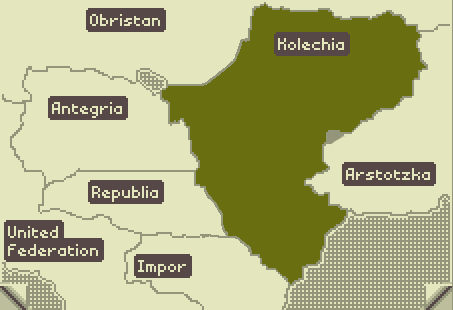


The argument that Derrida separated animal and machine from human in order to test the boundaries of each requires revision as human integrate more completely and fully with machines (Brown 2014). Brown (2014) argued that understanding machine rhetorics is critical to understanding the boundaries of communication and human relationships. Understanding human communication requires an understanding of the limits of human communication. End-users are rarely aware of the design choices and implications of choices as they relate to technology, and there are limitations for the expression of software as well. The limited number of choices might serve as a shortcut for design and learning, but the introduction of relatively similar mechanics and interfaces could have consequences for the interpretation of software and its relationship to society. Designers often choose from a few sets of symbols and mechanics to operate programs and applications to make applications useful to most end-users immediately. Successful mobile applications require extremely simple and clear designs that allow users to use the application quickly. This paper will explore the meaning of these similarities and discuss potential implications for these connections.ĭigital applications, especially applications designed for mobile devices, have limited interface options. The purpose of this paper is to find relevant and subtle similarities in function between two dissimilar applications released within relative close proximity. This paper will compare Tinder, a mobile dating application, to Papers, Please, a video game simulating a checkpoint. Two Arstotzkan characters have Kolechian love interests in the game: the supervisor is associated with Shae Piersovska, and Sergiu is in love with Elisa Katsenja.Swipe Left to Detain: A Procedural Comparison between Tinder and Papers, Please Depending on the choices the inspector makes during the story, Arstotzka and Kolechia may eventually find common ground and reach a tentative understanding, which will allow the border to remain open. ĭespite high hopes after the opening of the border, tensions between Arstotzka and Kolechia continue to grow, up to the point where the future of the Grestin border checkpoint becomes uncertain. Sergiu describes conditions in Kolechia as " ten times worse" than in Arstotzka. After the Six-Year War, entrants from and via Kolechia are finally able to enter Arstotzka through the border town Grestin, although Kolechian entrants occasionally face additional scrutiny at the border due to the terrorist threat some of them pose. Kolechia is a neighboring country west of Arstotzka, also bordered by Obristan, Antegria, Republia, and Impor.


 0 kommentar(er)
0 kommentar(er)
